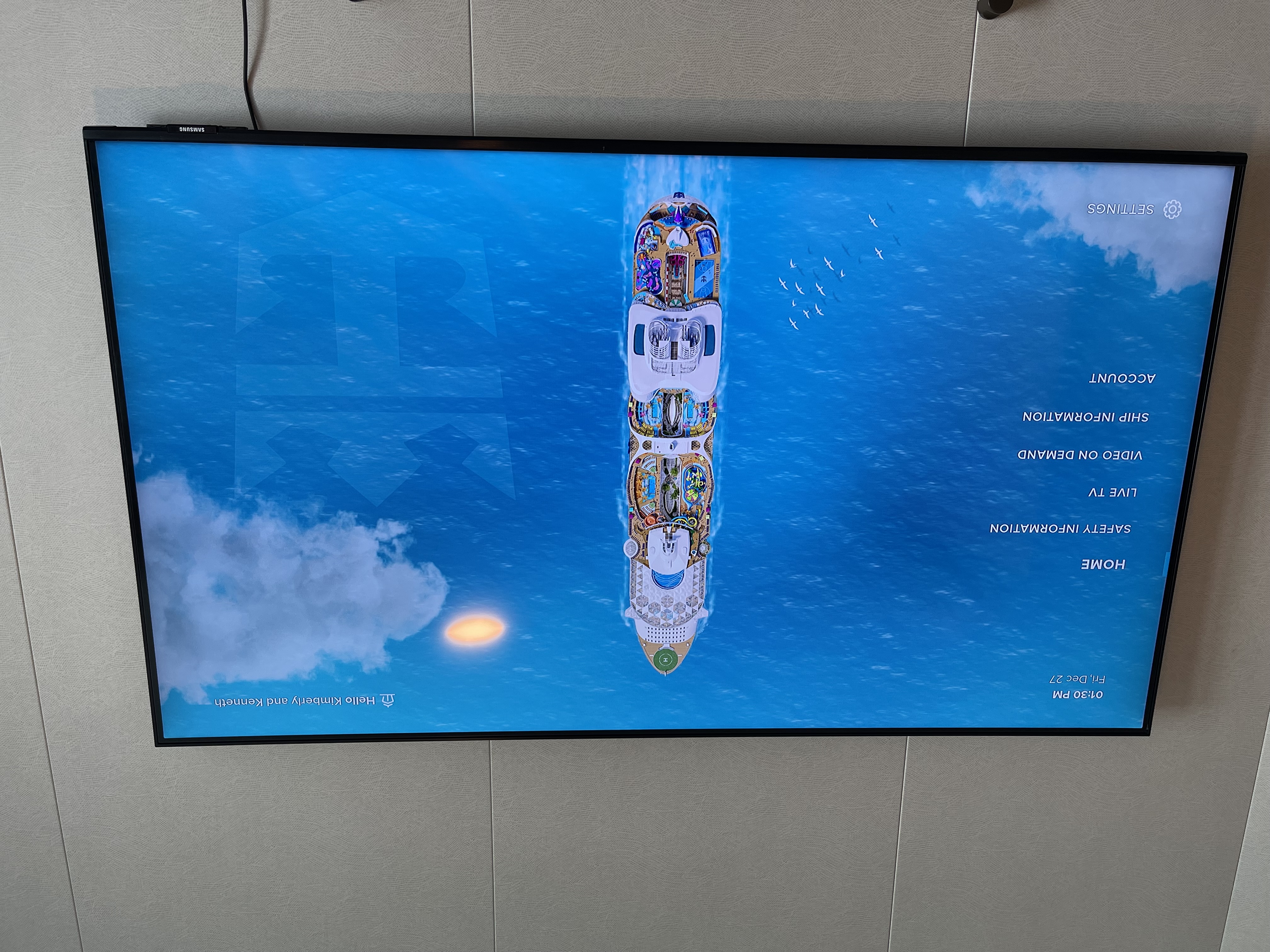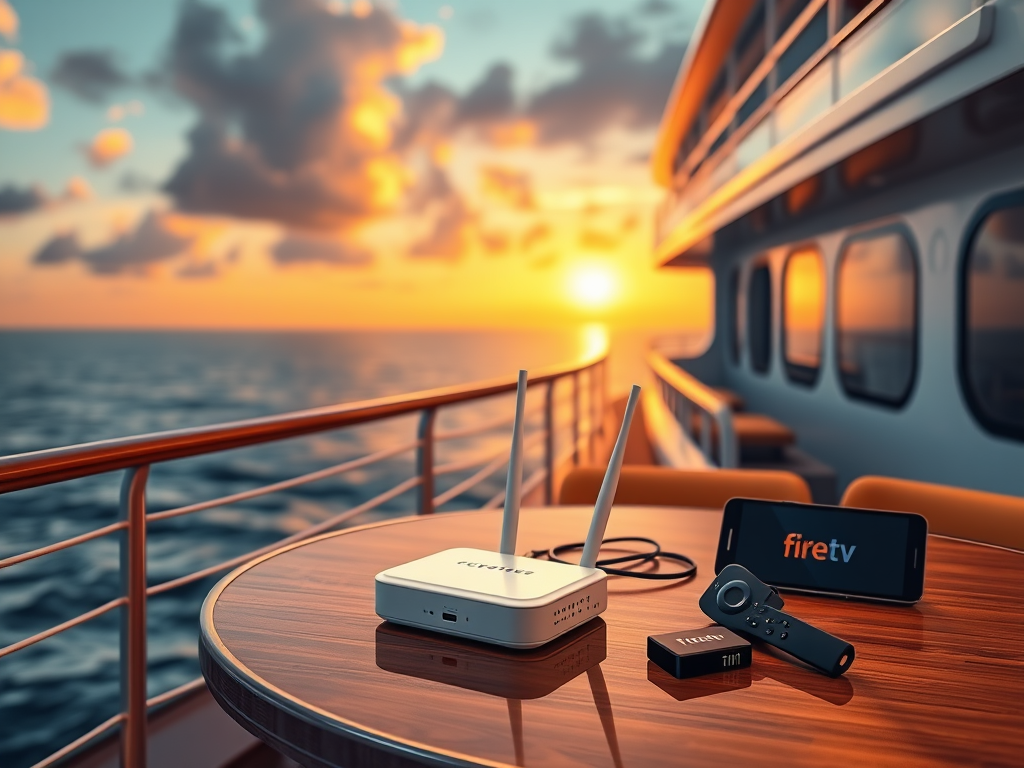Why iMessage Works on Cruise Ship Wifi (Without Paying!)
Why can you use iMessage to text on a cruise ship's Wi-Fi without paying for an internet package? We uncover the nitty gritty reasons how you can still text your friends back home!
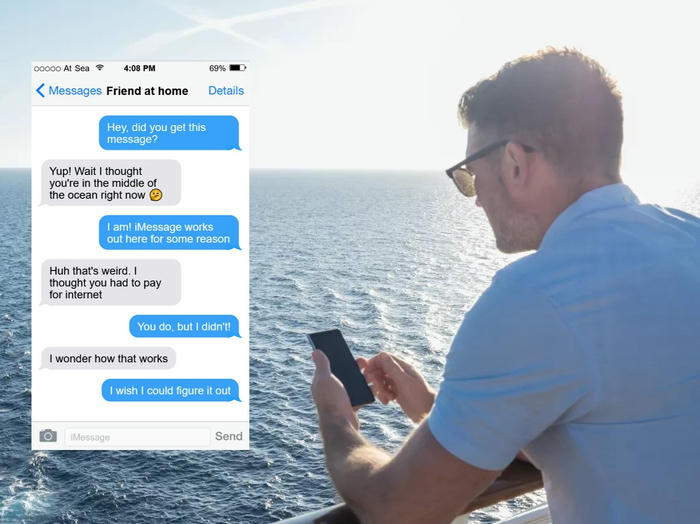
If you've ever been on a cruise, you know that cruise lines want all guests to have access to their app, which is essential for navigating life onboard. To make this possible, they give everyone free access to a limited version of their Wi-Fi network, only allowing specific servers and services needed for their app. Any other online activities are blocked unless you pay for a full internet package or use this trick for ~nearly~ free Wifi.
But here's the curious part: while the cruise line tries its best to restrict most internet activity, iMessage still works even without paying for Wi-Fi access! You can also receive push notifications from random apps! What's going on here? Why does the Cruise Wi-Fi seem to have these quirks?
Why iMessage Works
When you send a message through iMessage, your device connects to Apple's servers. For reasons we'll explore, cruise lines have chosen to allow traffic to and from these Apple servers in order to ensure their app works seamlessly.
- Push notifications come through because they are using the same protocol that the cruise line app's notifications needs to use. However, clicking on a notification to open an app or website doesn't work because this requires full internet access.
- Text-only iMessages work because they use small packets of data that pass through the same allowed communication channels and ports that the notifications use.
- Images and videos don't work because they require larger packets of data and different ports, which are more easily detected can be filtered by the cruise ship's firewall.
Long story short:
If cruise lines want to enable push notifications on their own app, they have to allow push notifications on ALL apps, and iMessage looks and acts the same as a push notification.
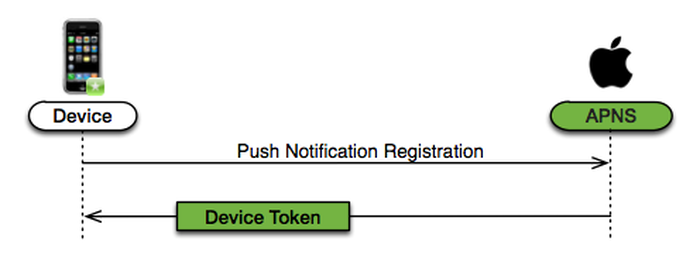
Getting a Bit More Technical
At its core, this behavior is all about how the ship's network filters traffic. The cruise line's Wi-Fi network is designed to allow only specific types of data to pass through, those that are necessary for their app to function like the notification service. They achieve this by setting rules for what data can and cannot pass through the network.
-
Granular Firewall Filtering The cruise line wants to only allow packets that are required for their app to work. These rules are created at the level of TCP/IP protocols, which govern how data packets are sent and received and which ports can be used.
-
Data Packets and Ports Internet traffic is broken down into tiny chunks called packets, which travel through specific "ports," channels that data uses to communicate. For example:
- Web browsing typically uses TCP ports 80 (HTTP) and 443 (HTTPS). (source)
- Apple devices use TCP port 5223 for communicating with the Apple Push Notification Service (APNs). (source)
- This APNs communication protocol is bidirectional by the nature of being a TCP connection, you can't block outgoing messages without breaking the protocol. (source)
-
APNs server IP The Apple APNs servers use load balancing, so devices don't always connect to the same public IP address for the notification service. Therefore, Apple stipulates that the firewall should allow access to all ports on the entire 17.0.0.0/8 address block, which is assigned to Apple. (source)
-
Why iMessage Slips Through Apple's servers use the same ports for APNs notifications AND iMessage communication. Since cruise lines cannot block these ports without disrupting push notifications that are critical for their own app, iMessage texts also slip through unrestricted!
-
Blocked Larger Packets While text-based iMessages work, images and videos are blocked because they exceed a certain size threshold that aren't allowed by the network.
-
Apple Requires App Notifications to go through Apple You might have thought "why doesn't the app just send notifications without involving Apple? The reason is simple: Apple requires all apps to send notifications through their servers. This is because Apple wants full control and insight into what, when, how many notifications your app is sending.
Why Cruise Lines Allow This Traffic (Maybe Accidentally)
Cruise lines likely didn't intend to let iMessage work without payment, but here's why it happens:
- They need to ensure communication for their own app is reliable. The same rules that allow their app to send and receive push notifications from Apple servers also happen to be what Apple uses for iMessage's encrypted data packets.
- Blocking all Apple services would completely disrupt important app functionality and app notifications.
- Since Apple mandates that all app notifications go through APNs, cruise lines can't selectively block these packets without affecting their own app. From a network side, an app notification and an iMessage packet look exactly the same!
The result? You get partial connectivity, like iMessage texts, without paying. Amazing.
If you're looking to maximize your Wi-Fi experience while minimizing your costs, there's another clever option worth exploring. In a recent post, we explain how you can use a $30 portable travel router (Amazon) to share a single Wi-Fi package among multiple devices, potentially saving you hundreds of dollars on connectivity costs. You can check it out here: How to Save on Cruise Ship Wi-Fi with a Travel Router.
GL.iNet GL-MT300N-V2 ("Mango") Travel Router
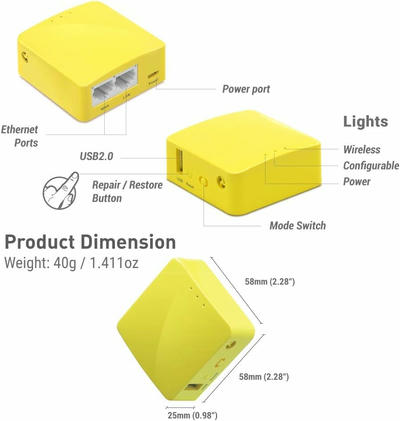
Can This Be Fixed?
In theory, cruise lines could fine-tune their network rules to block Apple's servers entirely. However, doing so would require more sophisticated filtering and could lead to unintended disruptions, especially with their own app's notifications. For now, the limited access seems to be an accidental byproduct of ensuring their app works as intended.
The Bottom Line
The quirky behavior of cruise ship Wi-Fi is a product of how they carefully control data traffic. They aim to provide free access to their app while limiting other online activity. However, the same rules that make their app functional unintentionally allow some types of communication, like iMessage texts, to slip through.
While this isn't a loophole you can exploit to access free internet (yet!), it's a neat little perk that can help you stay minimally connected while at sea. Just don't expect to stream Netflix or send selfies without paying for that full Wi-Fi package!

